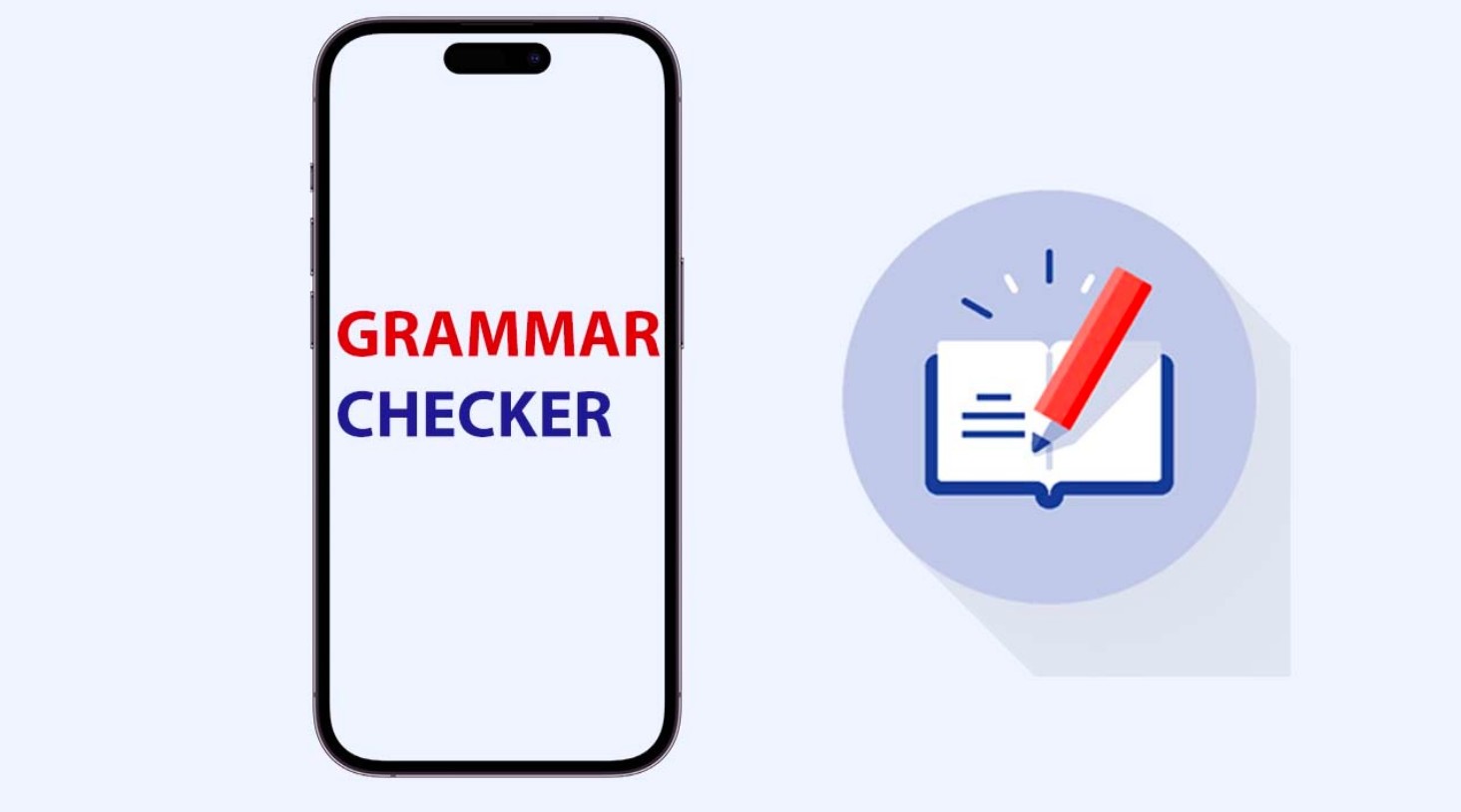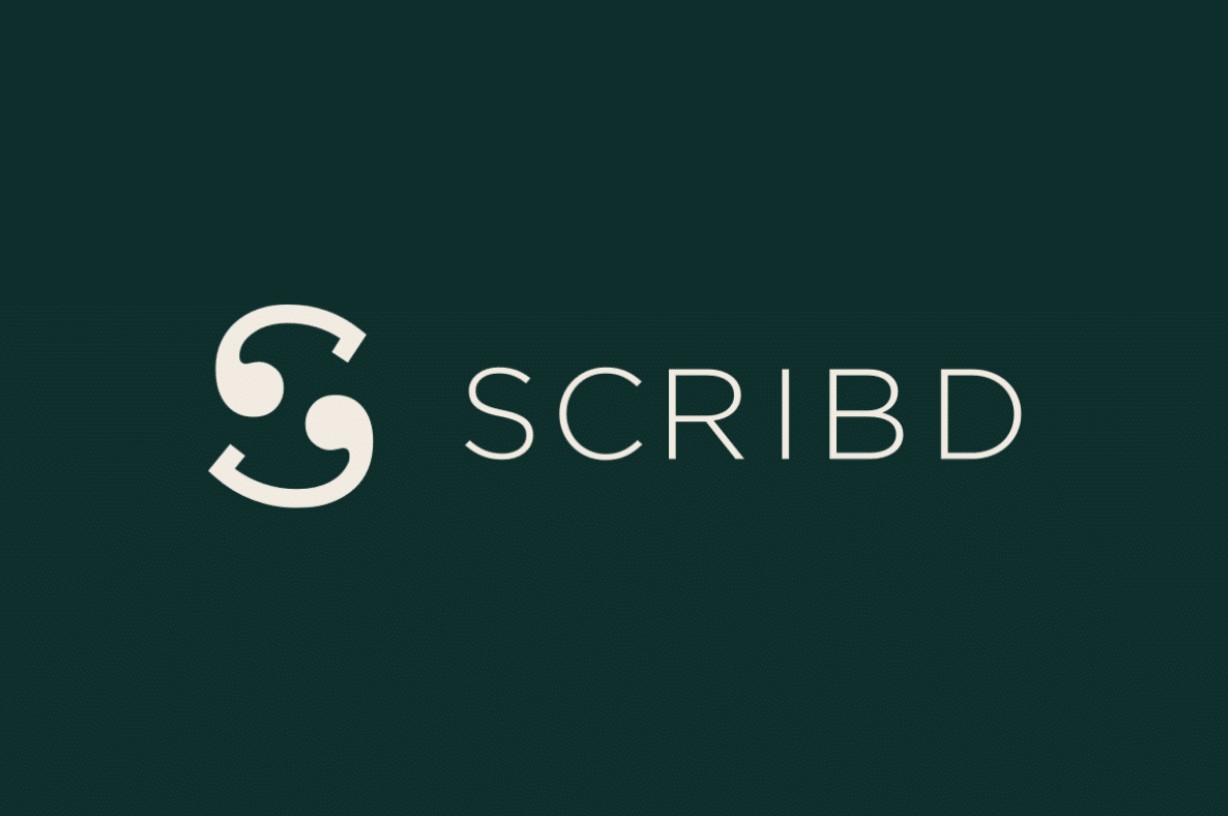Best Selling Products
Efficient Design File Management: The Ultimate Solution For Professional Designers
Nội dung
- 1. Why is Design File Management Important?
- 2. Basic Principles in Design File Management
- 2.1. Use Standard File Names
- 2.2. Create a Clear Directory System
- 2.3. Use of Versions and Storage
- 2.4. File Security and Backup
- 3. Tools to Support Design File Management
- 3.1. File Management Tools
- 3.2. Backup and Synchronization Tools
- 3.3. Project Management Software
- 4. Design File Management Process in a Team Work Environment
- 4.1. Set Up a Clear Directory Structure
- 4.2. File Naming Convention
- 4.3. Using File Management Tools
- 4.4. Backup and Backup Storage
- 4.5. Approval and Editing Process
- 4.6. Training and Awareness Raising
- 5. Conclusion
Learn how to manage design files effectively for graphic designers. Detailed instructions on how to store, organize and secure design files to improve work efficiency.

Design file management is one of the most important factors for every graphic designer. A professional design file storage and organization process not only saves time but also minimizes the risk of losing or confusing files. This article will share the best methods to help you easily manage design files, from storage, organization to security and sharing documents.
1. Why is Design File Management Important?
Effective design file management is not just a matter of storage, but also directly affects the productivity and quality of graphic designers' work. Especially in the modern working environment, with high requirements for accuracy and speed, applying professional file management methods is essential.
.jpg)
Design file management plays an extremely important role in ensuring work efficiency and maintaining project quality. When files are organized scientifically, designers can easily access, edit and share documents without spending a lot of time searching. This not only helps optimize the workflow but also minimizes the risk of data loss or confusion in using the wrong version. In addition, good file management also supports team collaboration, helping members coordinate more smoothly and synchronously. Therefore, building a clear and effective file management system is an indispensable factor to ensure success in any design project.
Without a clear file management system, you can easily encounter situations like:
Searching for files takes a long time.
File version error or edits not saved.
Difficulty sharing files with colleagues or clients.
By applying basic principles and using supporting tools, you can solve these problems easily.
2. Basic Principles in Design File Management
Design file management is an important factor in optimizing workflow, saving time and ensuring consistency in the project. You need to pay attention to the following basic principles:
2.1. Use Standard File Names
File names are the first thing to consider when managing files. A clear and consistent file name helps you easily identify the contents of a file without having to open each file. For example, you can use some of the following naming methods:
Project_Date_Drawing : Design_DV_23012025_Logo_v1.ai
Customer_Date_Category : TYM_23012025_Banner_v1.psd
2.2. Create a Clear Directory System
Organizing your design files into the right folders by project, client, or type of work is a simple and effective way to reduce clutter. Divide your folders into categories that are easy to understand and easy to access. For example:
Project folders: "Project A", "Project B"
Customer folders: "Customer X", "Customer Y"
Folders of file types: "Ai", "PSD", "JPEG", "PDF"
2.3. Use of Versions and Storage
One of the most important requirements in graphic design is file version control. Make sure you always save different versions of a design to avoid losing important changes. You can save in the following formats:
Master File : Keep the final version, which is the completed design.
Backup files : Save old versions so you can easily revert back when needed.
2.4. File Security and Backup
Design files contain a lot of important and valuable information. Therefore, security and backup are indispensable factors in the management process. You can:
Use automatic backup tools like Google Drive, Dropbox, or OneDrive.
Make sure important files are always backed up in multiple locations (both cloud and external hard drive).
3. Tools to Support Design File Management
.jpg)
Design file management tools play an important role in optimizing workflows, ensuring organization, and easy access to data. In addition to the basics, you can also take advantage of support tools that make file management easier.
3.1. File Management Tools
Tools like Adobe Bridge , Extensis Portfolio , or Airtable are great options for storing and finding files quickly. These software not only support storage, but also provide the ability to tag, categorize, and search for files according to many different criteria.
3.2. Backup and Synchronization Tools
Cloud storage services like Google Drive , Dropbox , or OneDrive allow you to back up and sync your design files across multiple devices. This ensures that no matter where you work, you can still access the necessary documents.
3.3. Project Management Software
To work efficiently, graphic designers can use project management software such as Trello , Asana or Notion to track work progress and client requests. These software help you categorize work and focus on each part of the project, while easily sharing related files and documents.
Software such as Adobe Bridge, Figma, or cloud storage platforms such as Google Drive and Dropbox not only help store files scientifically but also support sharing, synchronization and effective collaboration among team members. Using these tools not only saves time but also minimizes the risk of data loss, while enhancing professionalism in design project management.
4. Design File Management Process in a Team Work Environment
Design file management processes in a team environment play an important role in ensuring consistency, efficiency, and avoiding confusion during project execution.
.jpg)
A scientific file management process not only saves time but also ensures consistency, transparency and avoids unnecessary errors. Below is a professional design file management process that working groups can refer to and apply.
4.1. Set Up a Clear Directory Structure
Folder structure is the foundation of an effective file management system. To avoid confusion and wasted time searching, your team should agree on how to organize folders from the start. Some basic principles include:
- Classify by project: Each project should have a separate folder.
- Break down by stage or document type: For example: "Concept", "Final", "Feedback", "Assets".
- Name folders short but easy to understand: Use common language that all members understand.
4.2. File Naming Convention
Illegal file naming can cause a lot of confusion, especially when teams are working on the same project. Some good file naming rules:
- Use a consistent format: For example: [Project Name]_[Version]_[Update Date].
- Avoid using special characters: Only use underscores (_) or hyphens (-).
- Specify version: Add a version number or date to easily track revision history, e.g. "Logo_V1_20231001.ai".
4.3. Using File Management Tools
There are many tools available today that support effective file management in a team environment, such as Google Drive, Dropbox, or dedicated platforms like Figma, Adobe Cloud. These tools not only help store files but also support sharing, collaboration, and tracking changes:
- Access permissions: Ensure that only relevant people have the right to edit or view files.
- Data synchronization: Keeps all members working on the latest version.
- History storage: Easily restore old versions if needed.
4.4. Backup and Backup Storage
One of the biggest risks in file management is data loss. Therefore, the team needs to develop a regular backup plan:
.jpg)
- Automatic backup: Use cloud storage tools to ensure data is always protected.
- Offline storage: Store copies on external hard drives or internal servers.
- Note the storage time: For completed projects, files should be stored for a certain period of time before being deleted.
4.5. Approval and Editing Process
In a team environment, file editing and approval should be done transparently:
- Change notes: Record changes made to each version.
- Assign responsibilities: Clearly define who is responsible for editing and who is the final approver.
- Use commenting tools: Tools like Figma or Adobe Acrobat allow members to leave comments directly on the design.
4.6. Training and Awareness Raising
Finally, for the file management process to be optimally effective, all team members need to be trained and raised on compliance with the process. Some necessary activities:
- Organize an initial orientation session: Clearly explain the folder structure, naming rules and tools used.
- Regular monitoring and evaluation: Ensure that everyone is still following the established procedures.
- Encourage improvement: Listen to feedback from members to improve the process.
5. Conclusion
Design file management is an important factor that helps graphic designers maintain productivity and ensure that documents are always secure, easy to find and share. Applying basic principles such as standard file naming, creating a clear folder system, using file management and security tools will help you work more effectively. Create a scientific file management process from the beginning to help your design work become smoother, more professional and less risky.












































